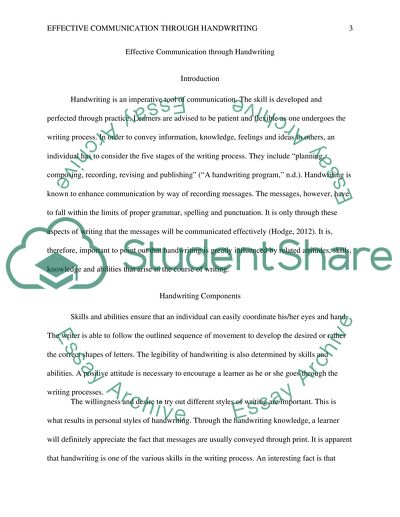Cite this document
(“Effective Communication through Handwriting Term Paper”, n.d.)
Effective Communication through Handwriting Term Paper. Retrieved from https://studentshare.org/journalism-communication/1452121-effective-communication-through-handwriting
Effective Communication through Handwriting Term Paper. Retrieved from https://studentshare.org/journalism-communication/1452121-effective-communication-through-handwriting
(Effective Communication through Handwriting Term Paper)
Effective Communication through Handwriting Term Paper. https://studentshare.org/journalism-communication/1452121-effective-communication-through-handwriting.
Effective Communication through Handwriting Term Paper. https://studentshare.org/journalism-communication/1452121-effective-communication-through-handwriting.
“Effective Communication through Handwriting Term Paper”, n.d. https://studentshare.org/journalism-communication/1452121-effective-communication-through-handwriting.


